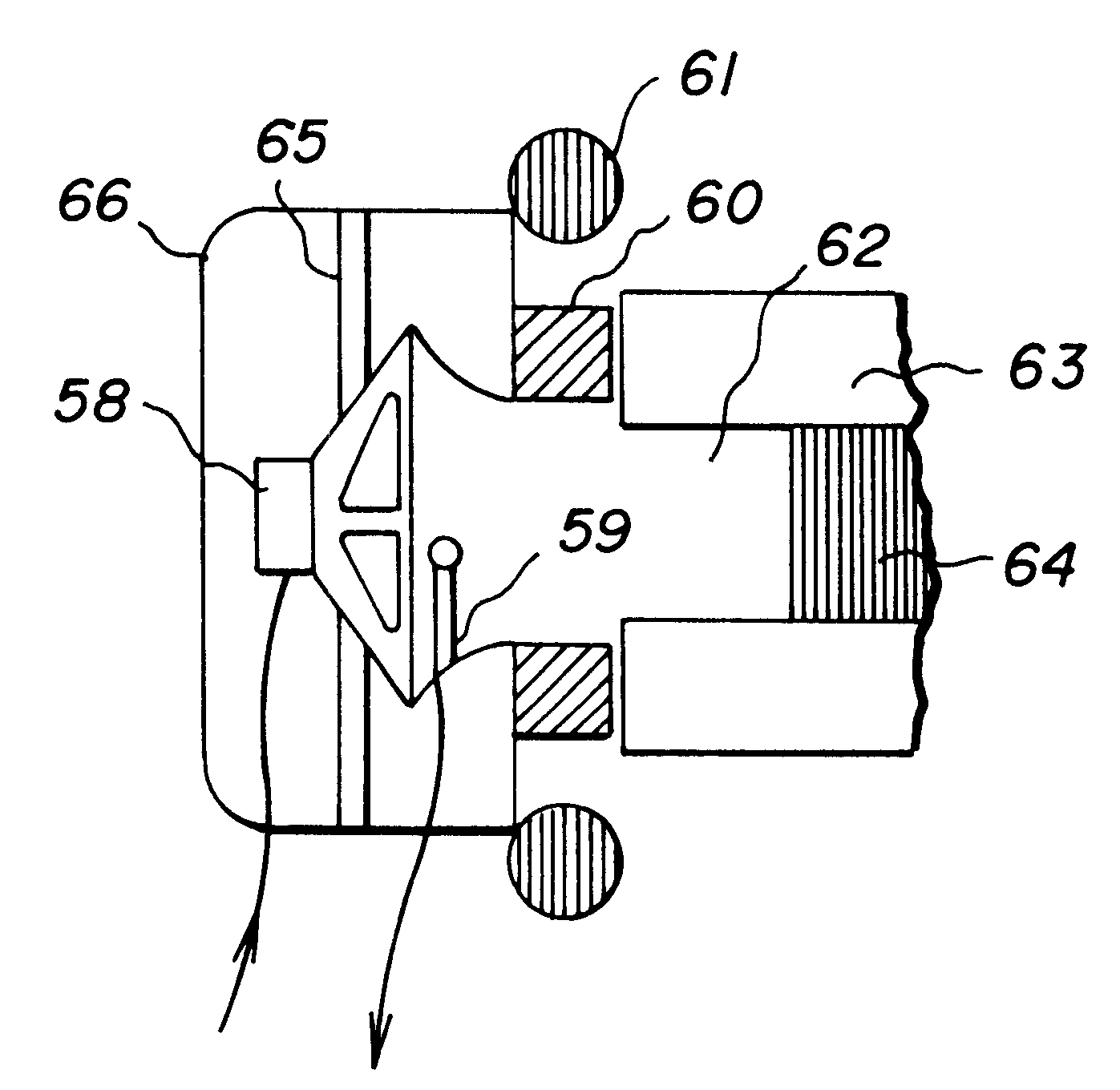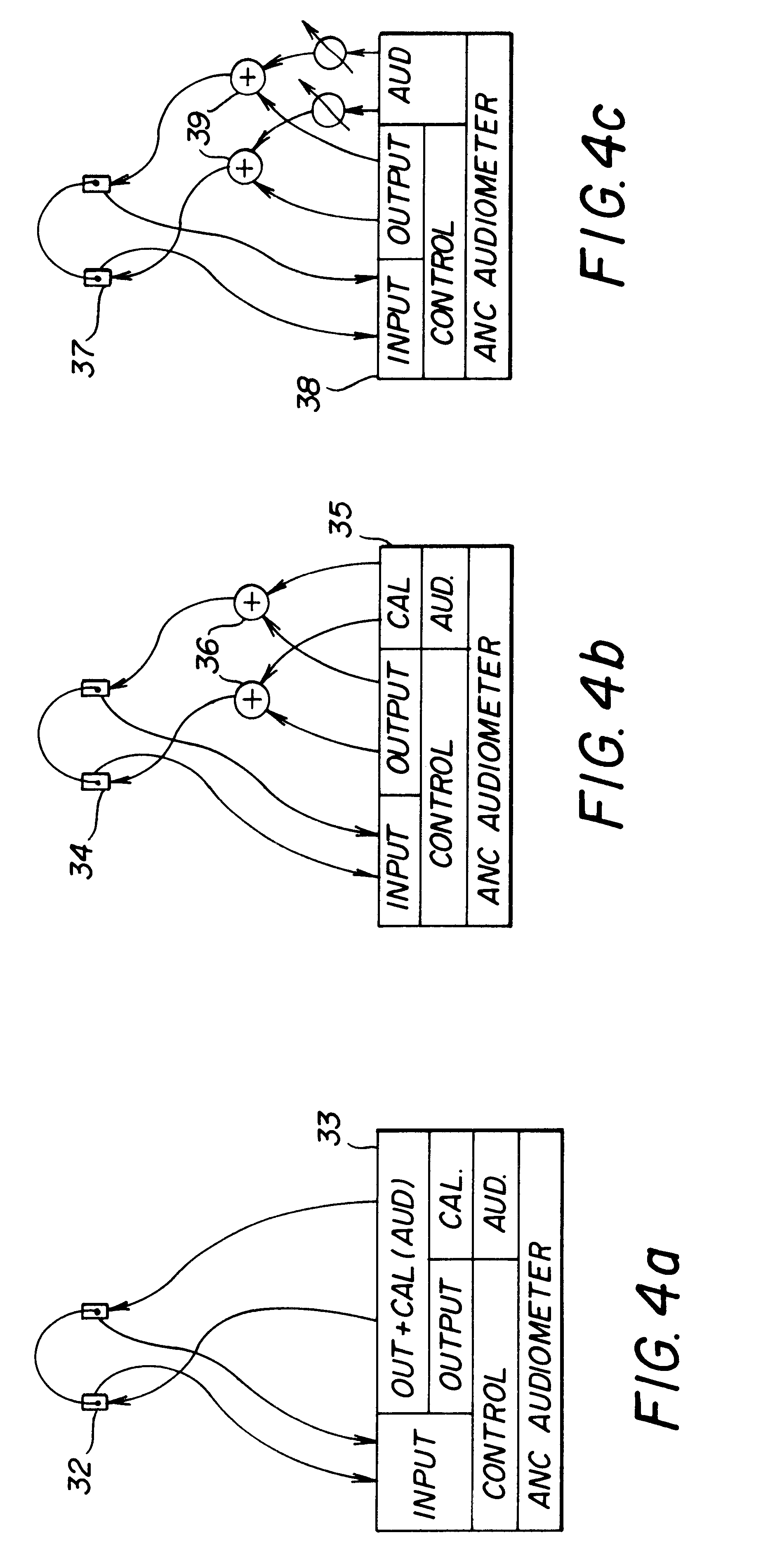Active noise reduction audiometric headphones
a technology of active noise reduction and headphones, applied in the field of audiometry, can solve the problems of not using specific switching circuitry or using noise attenuation circuitry in the prior art, and achieve the effects of reducing the volume of the cavity, reducing the passive performance of the cushion, and no air gaps
- Summary
- Abstract
- Description
- Claims
- Application Information
AI Technical Summary
Benefits of technology
Problems solved by technology
Method used
Image
Examples
Embodiment Construction
Advances in digital signal processing and knowledge of local and global noise control approaches have caused active noise control (ANR) to take a more prominent stance in state-of-the-art technology. Specifically, active noise reduction (ANR) headphones have become commonplace technology for the purpose of hearing protection. Low frequency disturbing noise is the easiest target for ANR headphones because the zone of silence for low frequencies is quite large and the passive control provided by the circumaural cups housing the ANR actuator, is ineffective for low frequencies.
Low frequency noise disturbances are also a problem in audiometry testing. ANSI and OSHA requirements for ambient noise in the vicinity of audiometry testing are quite stringent, the reason being that the threshold for hearing can shift upward due to the presence of ambient noise in the test environment. This is of primary concern for individuals who must pass hearing tests in order to continue working, as well a...
PUM
 Login to View More
Login to View More Abstract
Description
Claims
Application Information
 Login to View More
Login to View More - R&D
- Intellectual Property
- Life Sciences
- Materials
- Tech Scout
- Unparalleled Data Quality
- Higher Quality Content
- 60% Fewer Hallucinations
Browse by: Latest US Patents, China's latest patents, Technical Efficacy Thesaurus, Application Domain, Technology Topic, Popular Technical Reports.
© 2025 PatSnap. All rights reserved.Legal|Privacy policy|Modern Slavery Act Transparency Statement|Sitemap|About US| Contact US: help@patsnap.com



